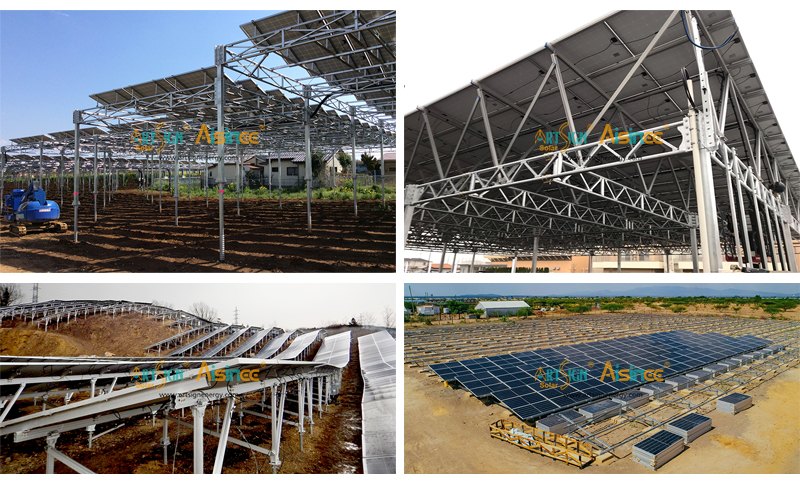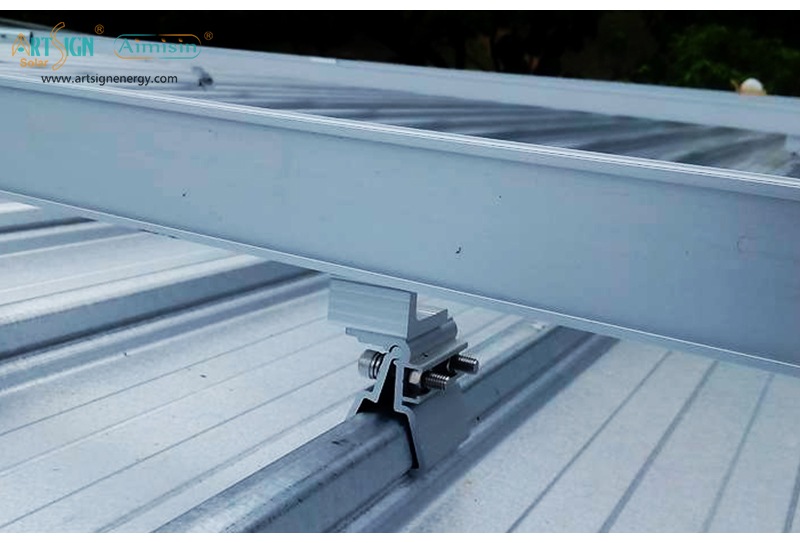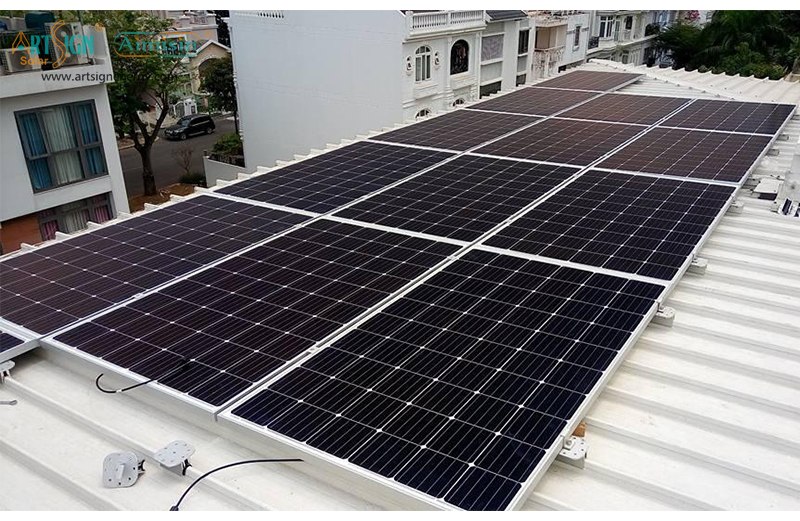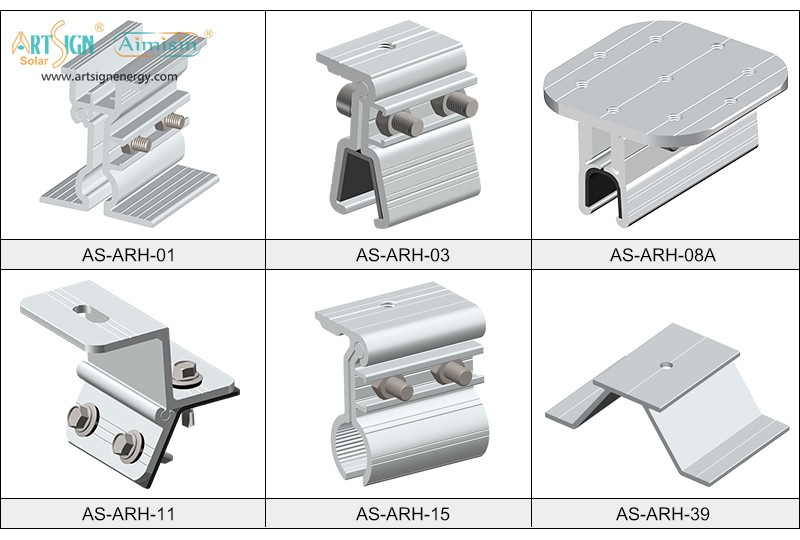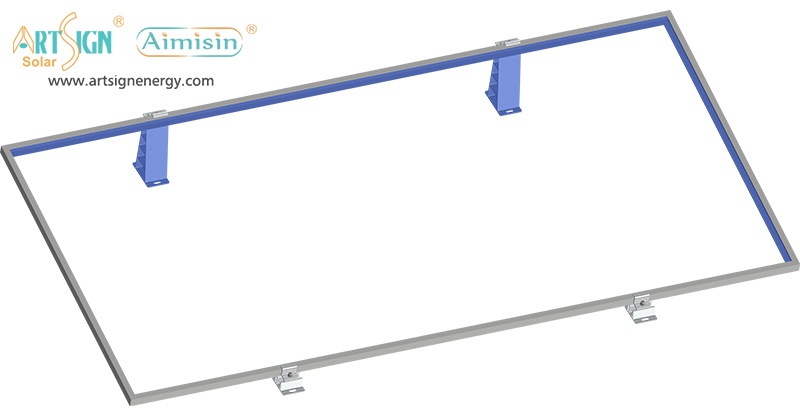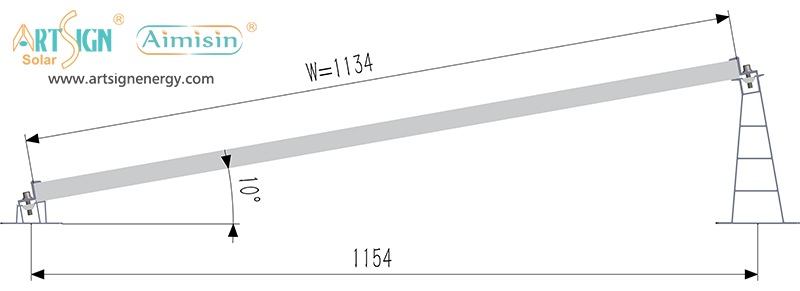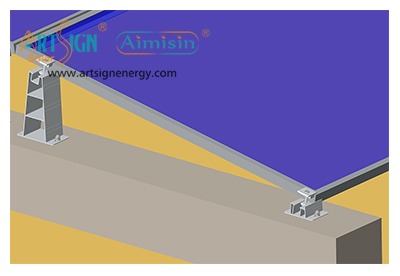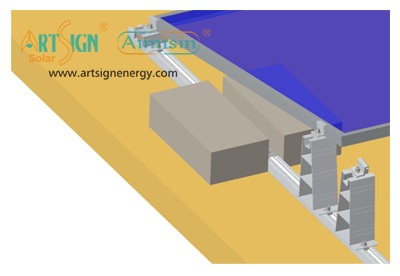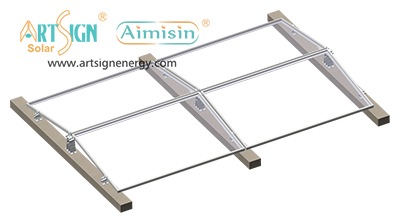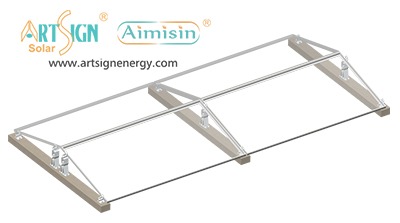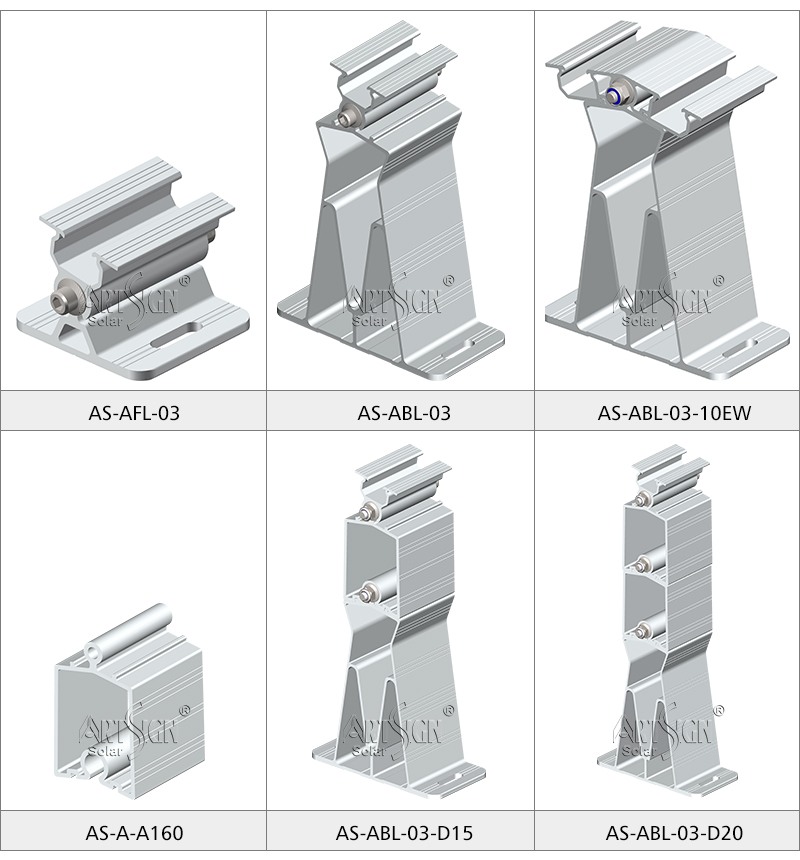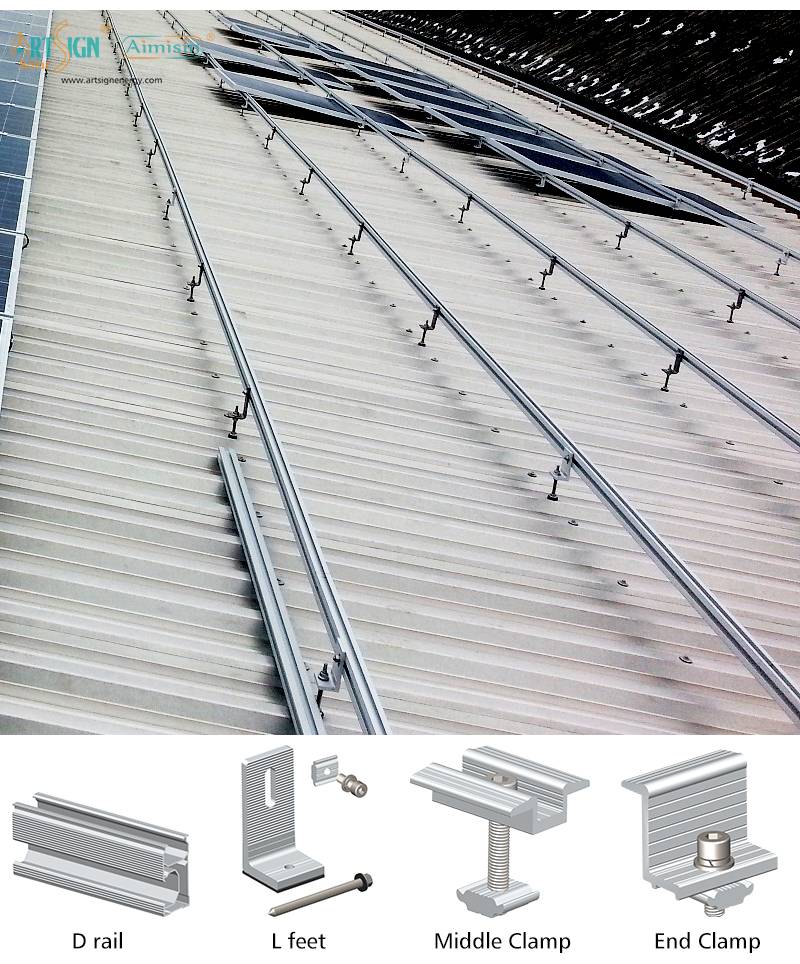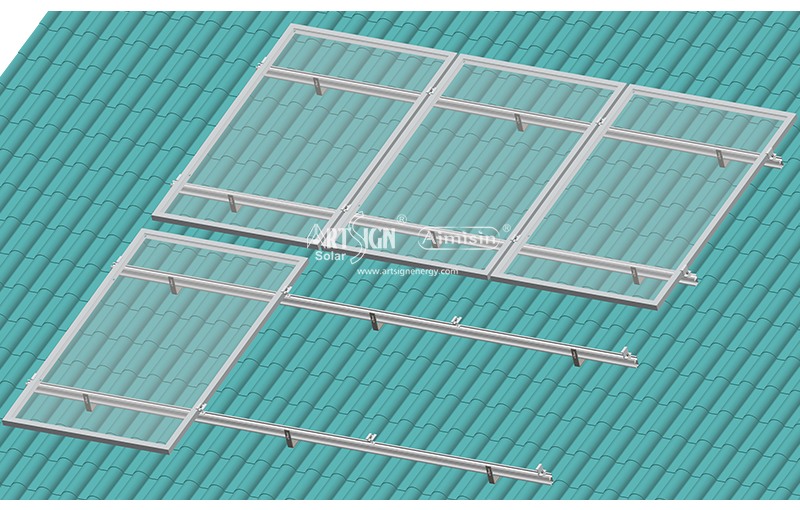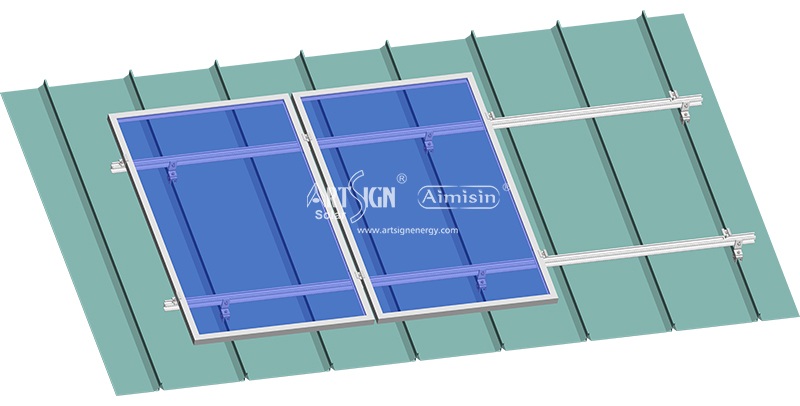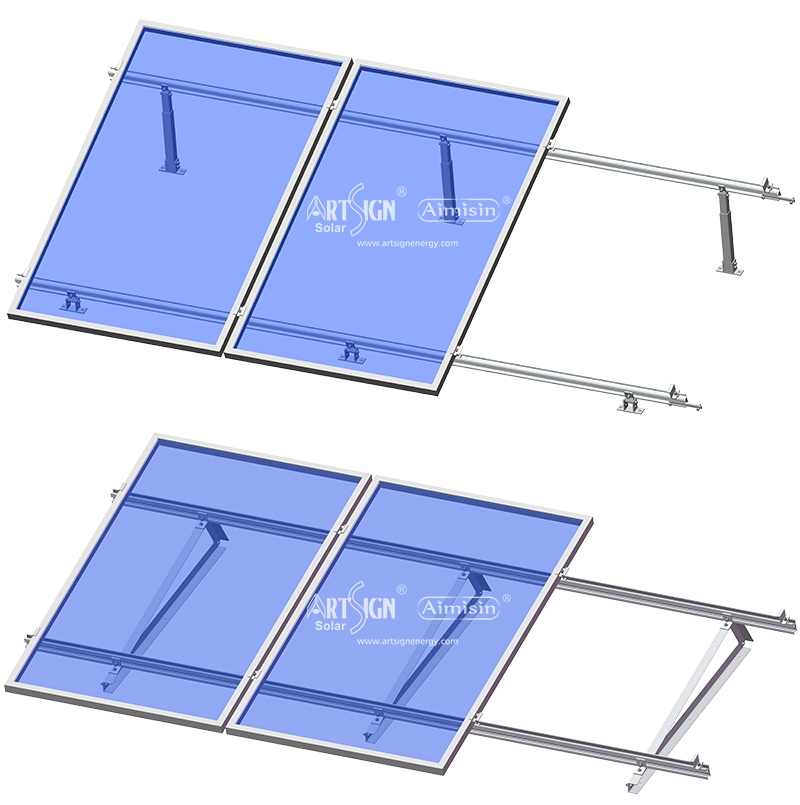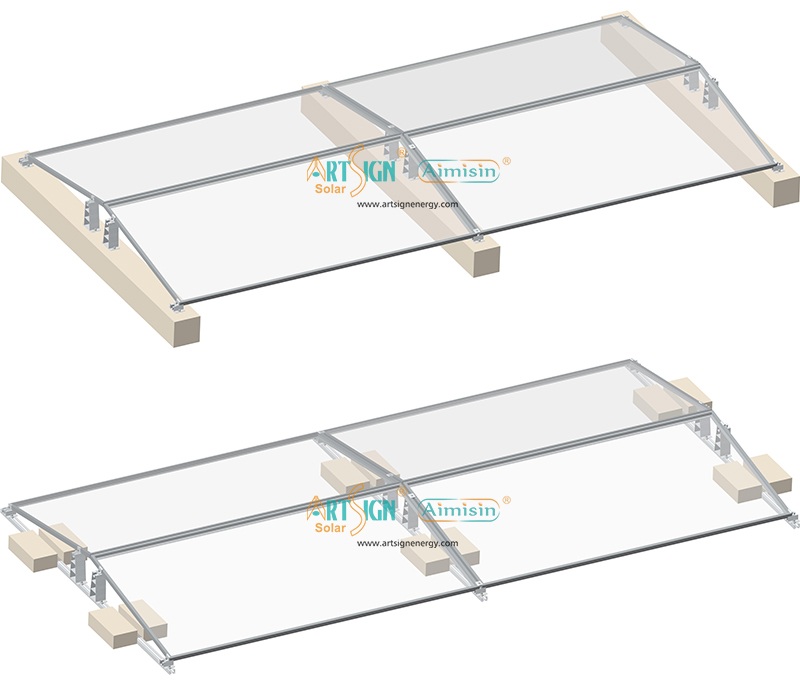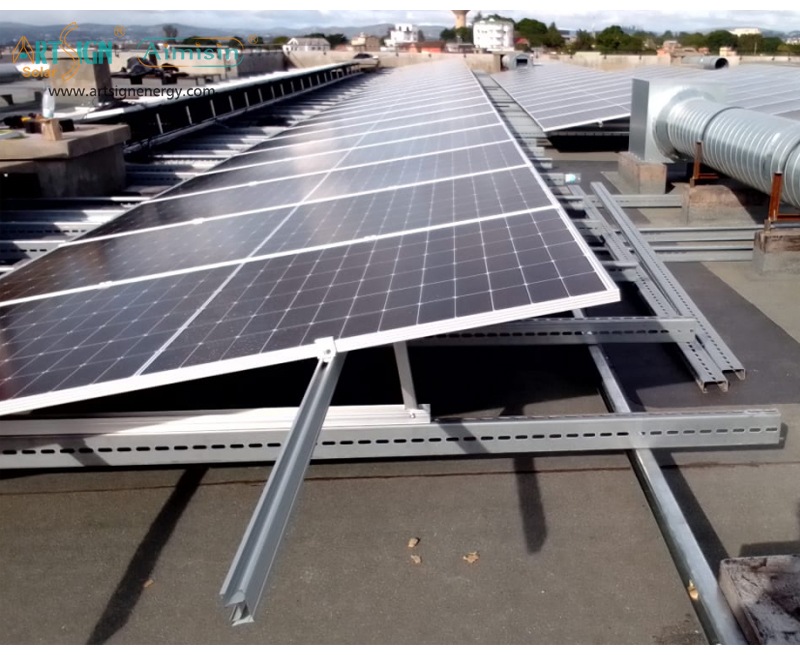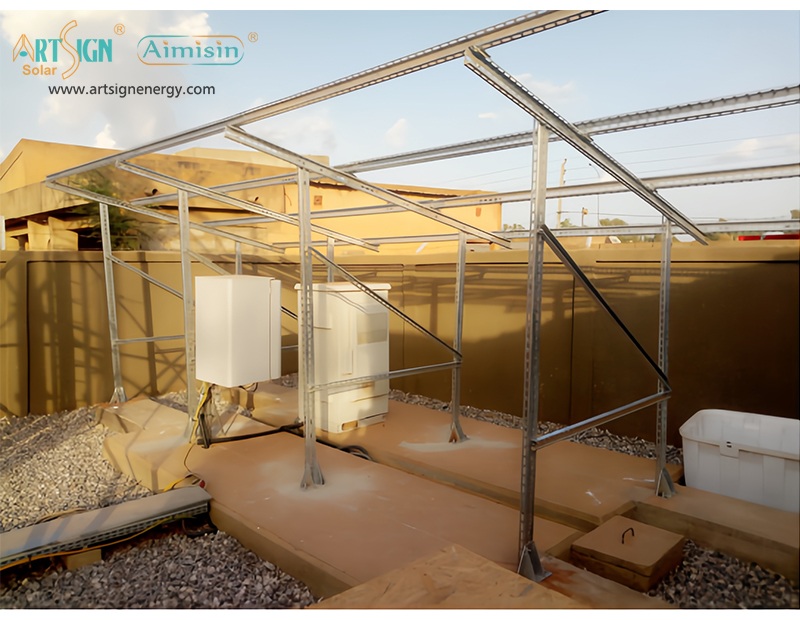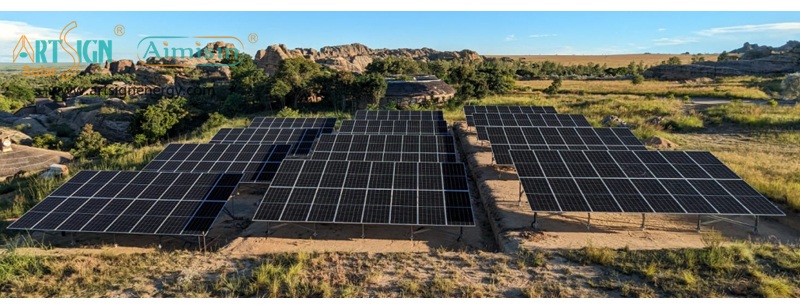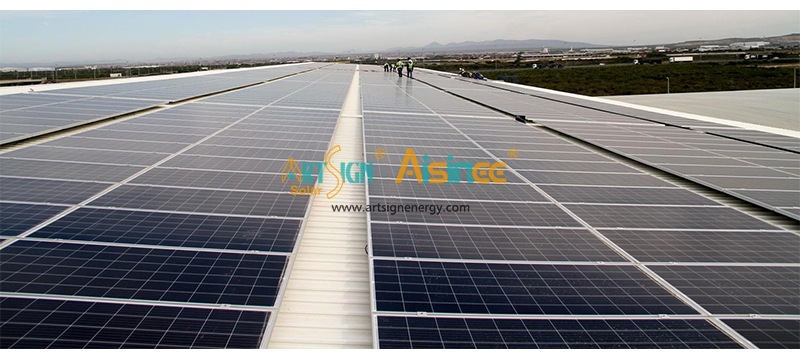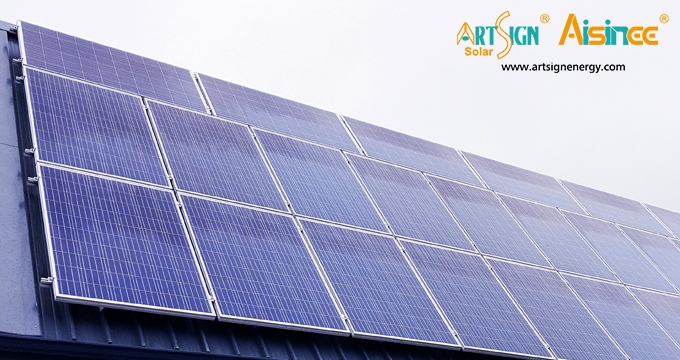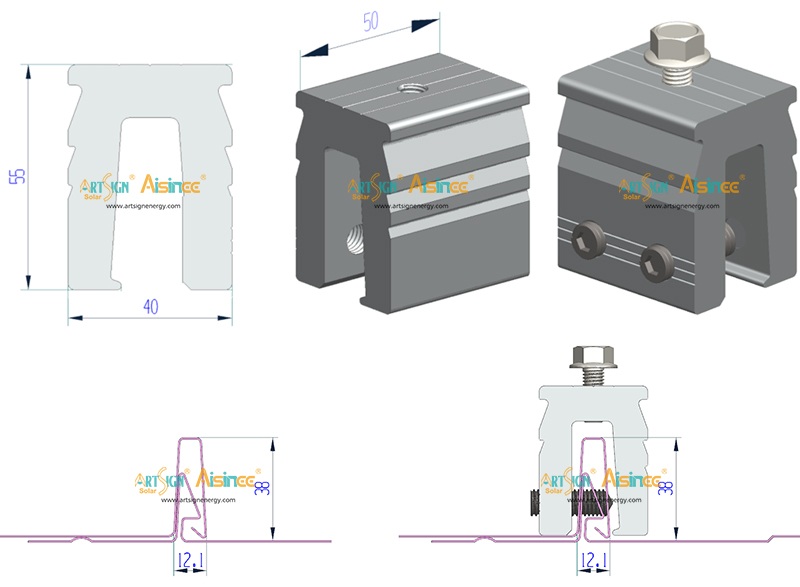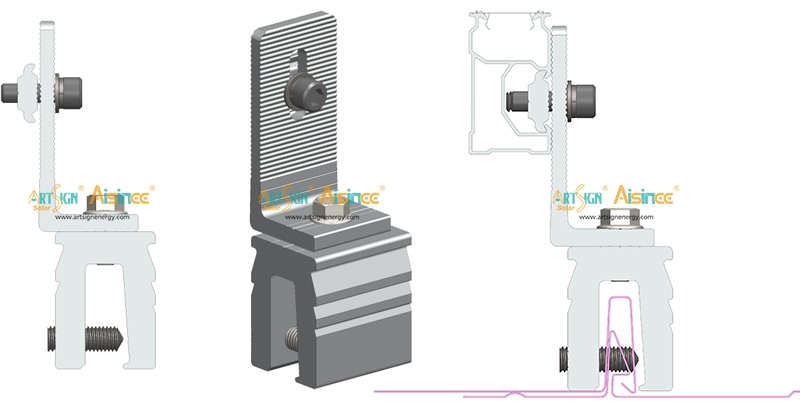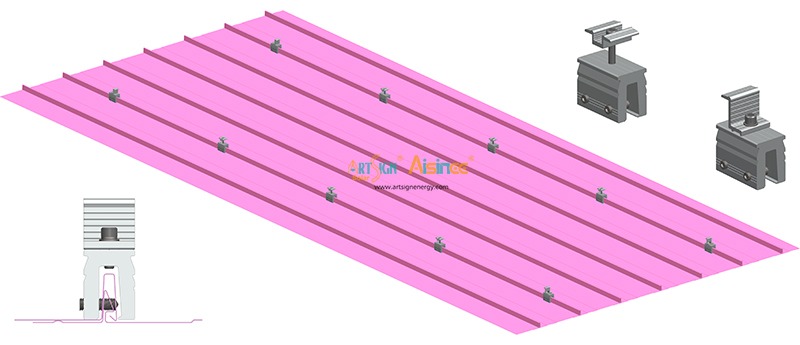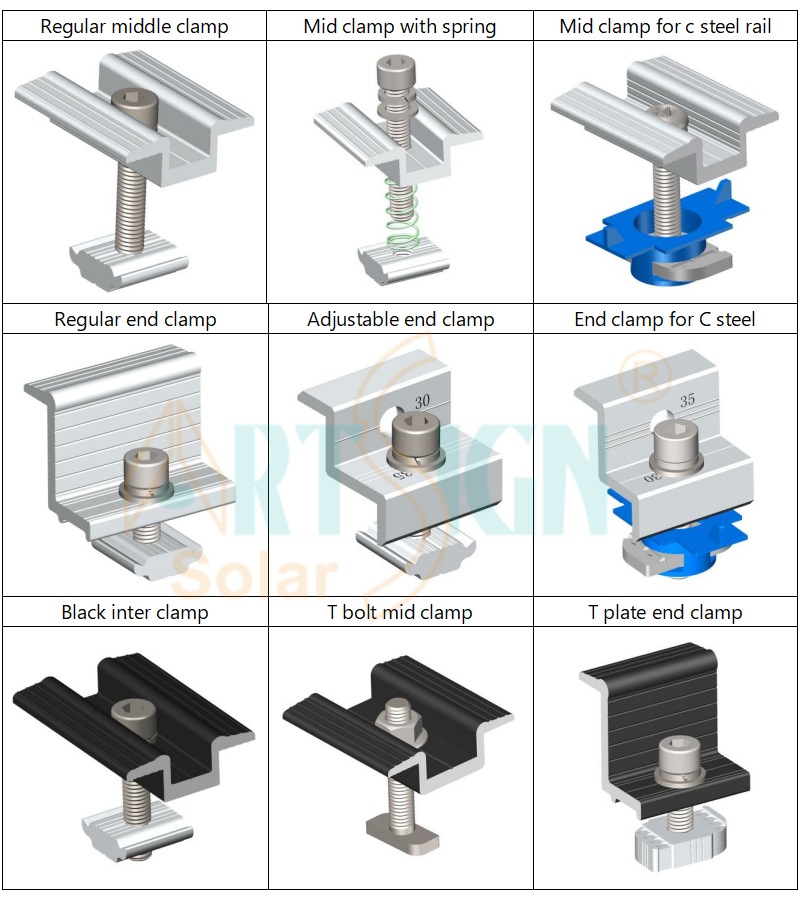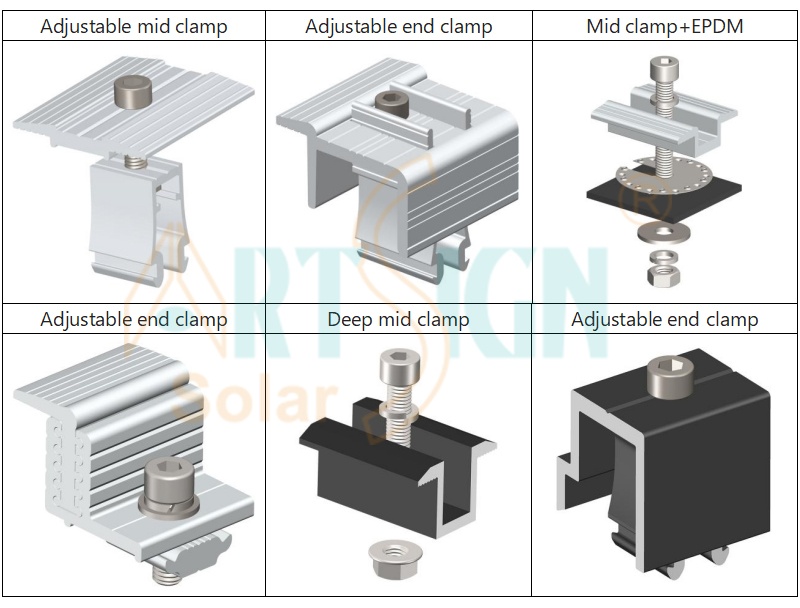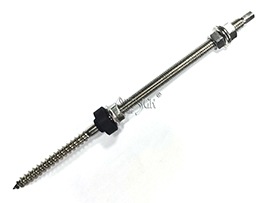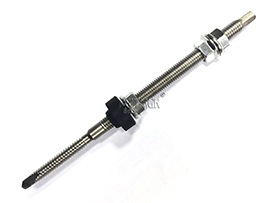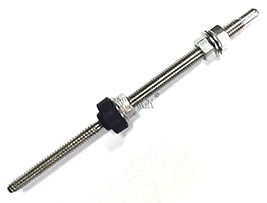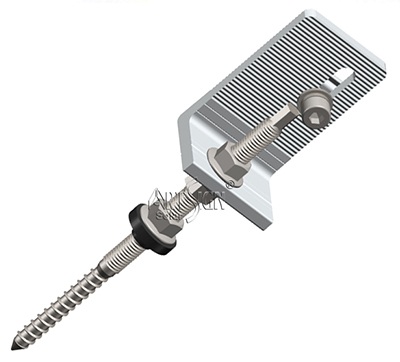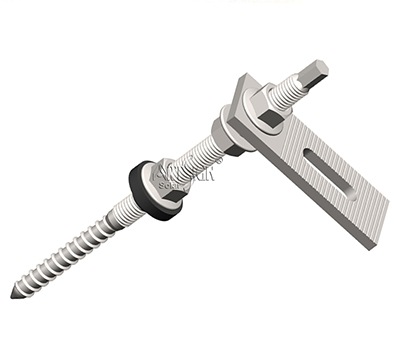When photovoltaics meet metal roofs, you need a professional, reliable, and efficient solar mounting solution. Art Sign Solar proudly presents the AS-N1A-50 N-Clamp, specifically designed for standing seam metal roofs, providing perfect support for commercial and industrial rooftop PV projects!
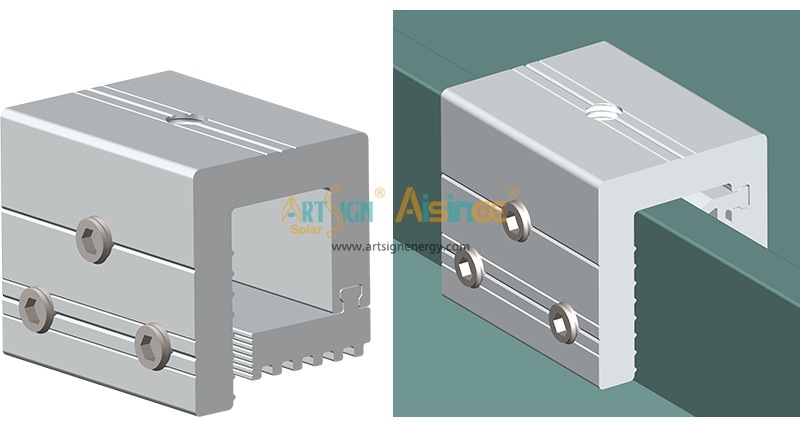
Precise Match, Secure Installation
The AS-N1A-50 N-Clip is meticulously engineered to compatible with roof standing seam size of 20mm, ensuring a perfect fit. Its unique N-shaped design provides exceptional grip strength without roof penetration, fully maintaining roof waterproof integrity. Used with L-feet, rails, and various connectors, it forms a complete and stable solar bracket system.
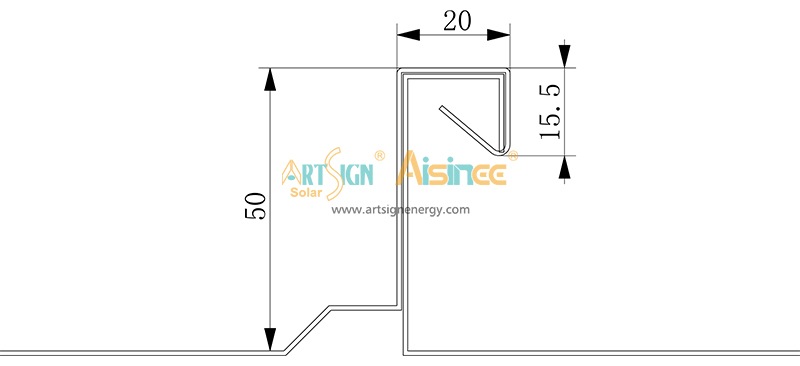
Two Flexible Installation Options
We offer two proven installation solutions:1. With L-feet and Rails: Enables modular installation with flexible panel angle and layout adjustment.
2.Directly with Clamps: Simplifies installation steps, further improving efficiency, and significantly reducing labor costs.
— Non-penetrating the roof.
— Various N clip which is fit for different roof shape.
— Material: aluminum 6005-T5
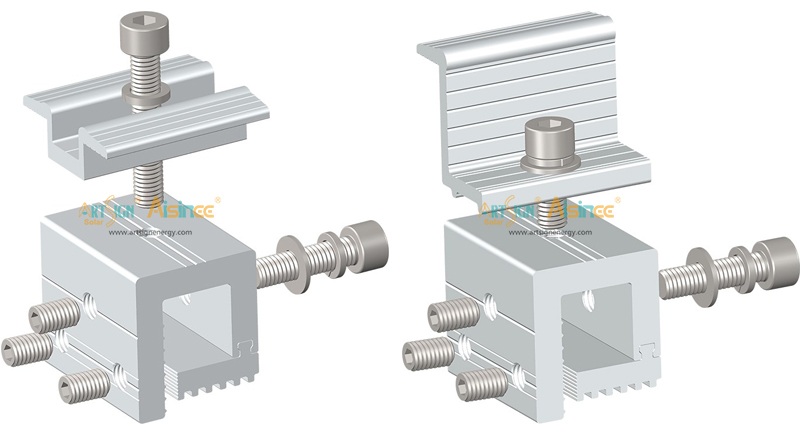
Exceptional Performance, Long-Lasting Durability
Quick Installation: Pre-designed components, easy on-site assembly, significantly shortening construction timeExcellent Corrosion Resistance: Made from high-strength aluminum alloy with special surface treatment, perfect for harsh environments
Structural Stability: Undergone rigorous mechanical testing, capable of withstanding extreme wind and snow loadsCustomization Service: Support personalized Solar mount solutions based on project requirements
The Art Sign AS-N1A-50 N-Clamp Series is the ideal choice for metal roof photovoltaic projects. Contact us today for professional technical support and customized solutions! welcome to contact us,
E-mail: sales@artsign.net.cn, Whatsapp /Wechat skype: +86 18030235875, thanks.
